Technology and Collaboration: Critical Issues in the Development of the TF-X Fighter (Turkey)
Turkey, represented by TUSAŞ and TAI companies, as well as related organizations, is developing a promising fighter of the latest generation TF-X. At the same time, the Turkish industry has no experience in the creation and production of such equipment, which is why the project is facing serious difficulties. It is proposed to solve them by attracting foreign states that could provide the necessary technologies. However, a positive result is not guaranteed.
Long-standing problems
Turkey decided to create its own 5th generation fighter about ten years ago. In 2013-15. presented several concepts, one of which was further developed. Then, various ideas and developments were repeatedly demonstrated, and in 2019 for the first time they showed a full-size model of the future TF-X.
At the moment, the aircraft is still under development. In the near future, they plan to complete the main design stage and move on to the construction of a prototype. The first flight was previously planned for 2023, but then the estimated date moved two years ahead.
Almost immediately, Turkey admitted that it does not have all the necessary technologies, which is why it cannot fully independently carry out the development of both the fighter as a whole and its individual systems. In this regard, it was proposed to seek help from foreign countries that have the necessary competencies.
First of all, it was a question of a turbojet engine and a complex of onboard radio-electronic equipment. The Turkish industry is not able to create and manufacture such products that meet the requirements of the 5th generation. For this reason, at the early stages of the TF-X project, it will be necessary to use ready-made foreign components with a promising replacement by Turkish ones - licensed or own.
Since 2015, there have been regular reports of agreements and agreements with foreign organizations. However, some of these News did not receive development, and others were followed by reports of the termination of joint work. As a result, the development of the TF-X aircraft is still ongoing, and with it the process of searching for foreign technologies is delayed.
The last time the topic of foreign aid was raised was a few days ago by the leadership of the Defense Industry Directorate. In early December, they recalled plans to use a licensed version of the American turbojet engine, and also talked about their intention to invite Russian industry to the TF-X project. They want to receive technologies from our enterprises in the field of electronics, motors, rescue equipment, etc.
Engine problems
According to the project, the TF-X aircraft should be equipped with two turbojet engines capable of providing high speed data, incl. the possibility of supersonic flight without the use of afterburner. Turkey does not yet have its own projects of such power plants and is expected only in the indefinite future. In this regard, we have to focus on foreign technology.
Since 2015, Turkish companies have entered into several international agreements on the development of new or adaptation of existing turbojet engines. So, in 2015, Aselsan agreed with the European Eurojet to modify the EJ200 product to meet the requirements of the TF-X project. In 2017, the joint company TRMotor Power Systems Inc. was founded. with similar goals, and soon a joint project between Rolls-Royce and the Kale Group started. In 2018, the TUSAŞ engine division joined the competition.
In 2018, it became known that at the test stage and in the early series, the fighters will be equipped with General Electric F110 engines of licensed Turkish assembly. Then TRMotor will present a turbojet engine of its own design, and in the series it will notice the F110. At the same time, the timing of completion of work on its own engine was not specified. In the same year, the Russian United Engine Corporation announced the possibility of participating in the program.
In early December, the Defense Industry Directorate confirmed the previously disclosed plans. In the early stages, the TF-X will receive foreign F110 engines, and then it will be supplied with "national" ones. In addition, the Office recently issued a request for proposals for the development of a new Turkish turbojet engine. In the wake of such news, Defense News published interesting information from an anonymous source in the TAI company. He argues that Turkey may turn to Russia to jointly design such an engine.
Avionics issues
The second major challenge in the context of the TF-X project is the development of avionics. As in the case of the engine, the electronics complex will be created jointly by Turkish and foreign enterprises.
A few years ago, it was announced that the Turkish company Aselsan would become the leading avionics developer. She is working on a new airborne radar with an active phased array. As part of this project, she has to develop and master new technologies for herself, allowing to obtain high technical characteristics. Earlier it was reported about the possibility of joining efforts with foreign colleagues. In particular, the alleged involvement of BAE Systems or other industry leaders was mentioned.
In 2018, the Russian state corporation Rostec did not rule out the possibility of joining the TF-X project as a developer of electronic components. However, then everything was limited only to statements. A few days ago, the Defense Industry Directorate again recalled the possibility of involving Russia. Within the framework of such cooperation, it is possible to create new devices, which are not yet available in Turkey.
Defense News, in turn, clarifies the range of the most interesting technologies. According to the source of the publication, the Turkish side is interested in a wide range of developments in the field of radar, coverage of the situation in general, communications, etc. However, the specific products and technologies required by the Turkish project are not mentioned. The Russian side has not yet commented on such news.
Hope and reality
In recent years, the Turkish military industry has shown a good pace of development. She gains experience in already mastered areas and gradually opens up new areas for herself. However, in most areas, Turkey is still lagging behind world leaders. In addition, the development of some areas is constrained by the lack of necessary competencies and the presence of serious problems.
The current 5th generation TF-X fighter project proves to be a perfect example of such a situation. Turkish companies TUSAŞ, TAI and others are able to develop a glider and some on-board systems that generally meet the requirements of the time. At the same time, they lack the experience and technologies for creating a power plant, a full-fledged radio-electronic complex and a number of other systems. At the same time, it is the engine and avionics that are the key components, the characteristics of which allow the fighter to be attributed to one generation or another.
Over the past 5-6 years, Turkish industry has been trying to enlist the support of foreign manufacturers of necessary products. However, the results of these processes look, at least, ambiguous. It was repeatedly reported about the signing of contracts, the launch of joint projects and negotiations with new partners.
Nevertheless, despite all the agreements and projects, Turkey is not yet able to show even a prototype of a "national" engine, radar and other critical products. Moreover, even 10 years after the actual start of the TF-X project, Turkish enterprises continue to look for potential partners who could help them with the development of such components.
In a state of uncertainty
The current state of the TF-X project is far from simple. The Turkish industry, represented by key enterprises, is quite capable of completing the development of this aircraft and, at least, bringing it to flight tests. However, limited technological capabilities will force them to sacrifice certain capabilities and characteristics. Accordingly, the resulting fighter will hardly be able to rightfully belong to the 5th generation.
The obvious way out of this situation is the use of foreign aid, which, in theory, will create a fighter with the desired parameters and potential. However, this scenario also has its own problems. First of all, it can lead to excessive dependence on foreign partners at the design stage or during mass production. This potentially threatens a promising project and the further development of the Air Force.
It should also be taken into account that not all leaders of the defense industry are ready to share best practices - for military-technical and political reasons. For example, after the well-known events around the S-400 anti-aircraft systems, Turkey cannot count on American assistance. Collaboration with European companies is also hampered.
Thus, the TF-X project finds itself in a difficult situation, which does not allow us to speak with confidence about its future and make accurate forecasts in terms of timing and results. Despite all efforts, Turkey is still unable to independently create aviation equipment with high performance. There are no prerequisites for changing this situation, although the Turkish side is trying to look for ways out.
Perhaps TUSAŞ, TAI and other companies will find foreign partners with the necessary technologies, which will allow them to complete work on the TF-X. However, the timing of the start of real cooperation and full-fledged development of new products remain unknown. Accordingly, compliance with the approved work schedule is not guaranteed, and the likelihood of the first flight in 2025 is gradually decreasing.
- Ryabov Kirill
- TUSAŞ, Wikimedia Commons
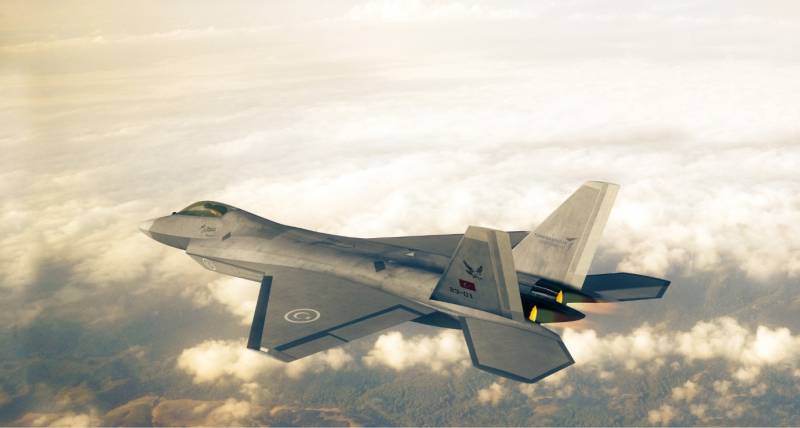
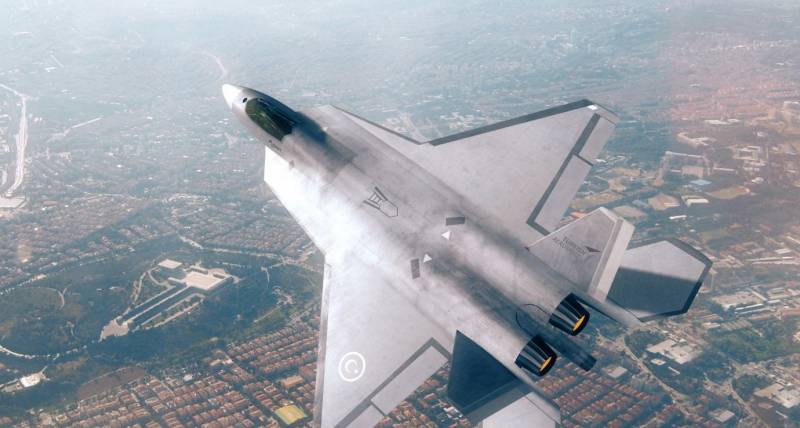
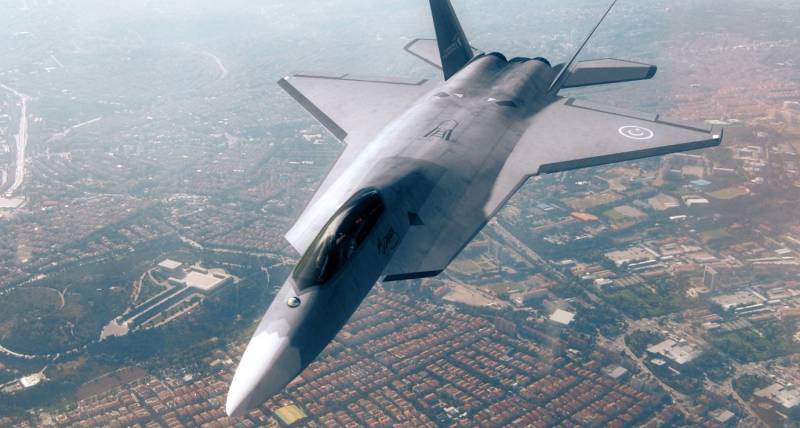
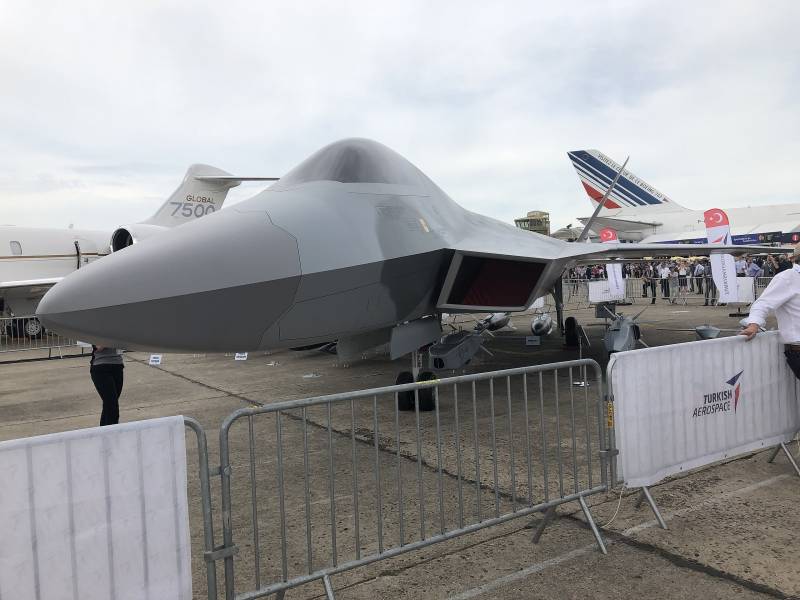
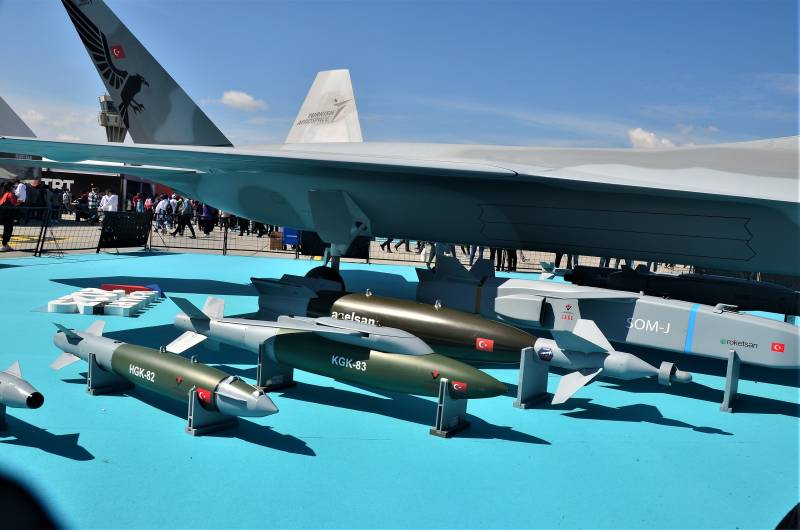
Information